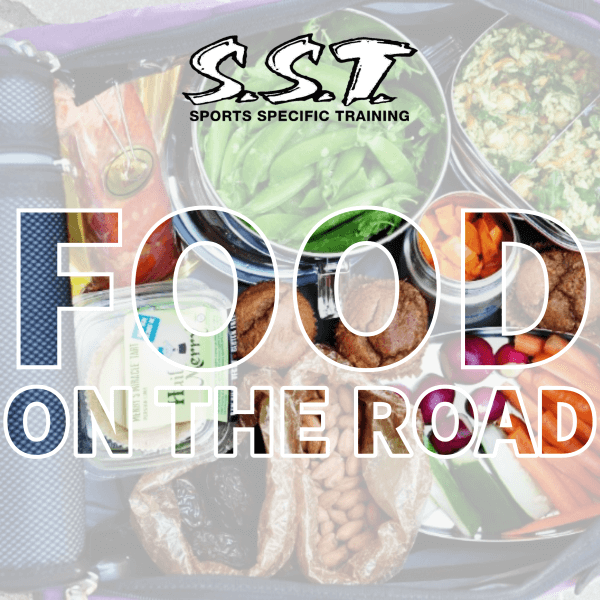Every household needs pantry staples; they are essential for easy meals and an on-the-go lifestyle! But there are some staples that are not worth their convenience. Here is our final installment of our #pantryoverhaul! If you missed our first three installments check them out here: Part 1, Part 2, Part 3 .
9. Microwave POPCORN
Microwave popcorn is one of the worst snacks to be keeping in your pantry. The chemicals used in the artificial butter flavoring – diacetyl- has been linked to sever respiratory disease or ‘popcorn lung’. Diacetyl is thought to be harmless when consumed, but when heated to high temperatures, diacetyl vaporizes and becomes toxic. While ‘popcorn’ lung is usually only seen in those who work in packaging factories do you really want to be consuming and inhaling this chemical in any amount?!
Maybe even more concerning are the chemicals sprayed on the inside of your microwavable bag. perfluoroalkyls, perfluorooctanoic acid and perfluorooctane sulfonate are all used to prevent the grease and oil from soaking through the bag, when heated these chemicals fuse onto the popcorn. These chemicals have been found to interrupt the endocrine system, causes thyroid issues, and may be linked bladder cancer.
If all that wasn’t enough to turn you away from this toxic snack a typical bag can contain upwards of 25 grams of fat, 500+ mg of sodium and 600 calories!
What to Keep On-hand Instead? – Whole Kernel Popping Corn
Do not fret popcorn lovers! Popcorn can be a relatively healthy snack as long you prepare it the right way. Air-popping is the best way to ensure that you are getting the most out of your popcorn, avoid all the toxic additives, and you can add your own flavours! A small amount of melted coconut oil, fresh dill and a little bit of salt is my favourite!
BONUS! What staple to throw out of your fridge…
10. MARGARINE
The main ingredient in margarine is usually a vegetable oil. The problem with vegetable oils is that they are liquids at room temperature so they must go thorough hydrogenation in order to harden the oils. To do this the oil is subjected to high heat, high pressure, hydrogen gas and a metal catalyst (typically nickel) this forces the oils to become saturated with the hydrogen and in-turn firming it up. However, the final product is a lumpy grey mess that needs to be processed even further. Emulsifiers are added to remove the lumps, bleach is added to move the grey colour, the mixture is then steamed in order to remove the chemical smell, and finally synthetic vitamins, artificial flavour and colouring is added.
The process of hydrogenation also produces trans-fat, which raise bad cholesterol levels, decrease insulin responses, and are associated with heart disease.
What to Keep On-hand Instead? – Organic Grass-fed Butter
Butter has had a bad-rep for many years because it contains large amounts of saturated fats and cholesterol. However, recent research has shown that saturated fats actually can help improve lipid (Cholesterol) profiles. Eating small amounts of saturated fats actually raises your good cholesterol (HDL) and helps reduce harmful LDL cholesterol levels.
The health effects and nutrient levels of our food depend largely on what the animal ate. Cows who eat grass produce much more nutritious by-products which contain more vitamin K, Omega-3’s and other heart healthy vitamins.
Thanks for tuning into this blog series! Be sure to share with a friend and help spread the #pantryoverhaul
If you have any questions about this blog series or any of our other series contact Courtney (cplewes@sstcanada.com) at SST Mississauga



